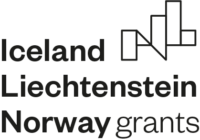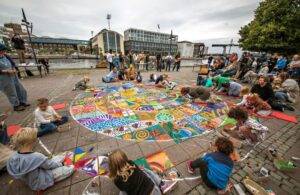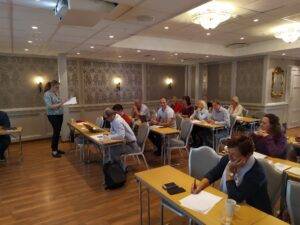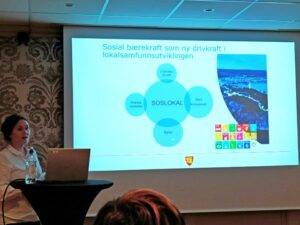Presentation blocks with case manager Thomas Stokke covered the topic of regulatory plans, buildings and citizen involvement in “city development and regulatory affairs. The conditions for developers are quite strict, their volume and the reach of the project to the public are monitored. The law determines how public spaces should look, and the investor must address the content of these public spaces in such a way that the city agrees with the proposal. If the developers fail to meet certain conditions directly in the construction area, they can participate in the construction of public spaces somewhere else in the city. The public space is subsequently maintained either directly by the people who live there or by an investor or the city.
Urban planning officer Erling Gunnufsen prepared a presentation on mobility plans, the plan for the city’s streets and the transformation of the city. It is not without interest that even with a sharp increase in population and jobs, they want zero increase in passenger traffic. This should be achieved by motivating residents to use public transport, cycling and walking. Both positive and negative motivation tools are used. The positive consists in better public transport services, improvement of the quality of cycle paths, sidewalks and an intensive campaign, the negative, on the other hand, includes the introduction of payments on roads, tolls, a ban on entering certain parts of the city or a change in the parking policy, where parking time would be limited.
The issue of public health and the measures that Fredrikstad wants to implement was opened by Kjersti Eline Føiling, who is in charge of the area of public health. She stated that every fifth child lives on the poverty line and that change is necessary. The city of Fredrikstad has been mapping living conditions since 2012, having set the same indicators for evaluation since 2014. They evaluate them every two years and now have 5 comparable reports, which will be the basis for involvement in the WHO project called SOSLOKAL. The whole city is divided into 40 areas and 19 indicators are monitored, e.g. the amount of rent, share of rental housing, income of residents, disability under 30, education, number of children, immigration, emigration, etc.
This tool was developed in Scotland and is recommended by the WHO for healthy cities to plan their development.




